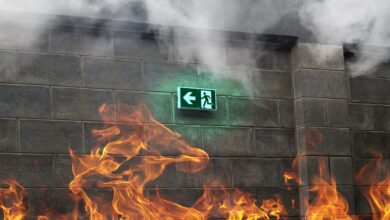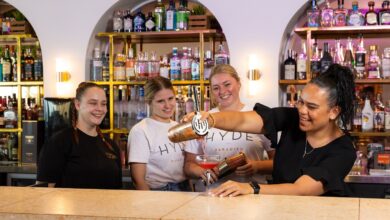
The big squeeze: why hotel owners are so concerned about marketing costs
Hotel owners are feeling the squeeze from rising operating costs, at a time when the hotel industry is posting record revenues.
Debt service, brand fees, management fees, credit card and intermediary fees and capital improvement programs are all costly contributors that have many fearing that when the next downturn comes, things could get ugly.
Owners can’t really control debt service, brand fees and credit card fees. That’s why hotel owners and asset managers are looking more closely than ever at variable marketing costs—particularly the cost of guest acquisition—which are also rising fast. According to experts, acquisition costs commonly in the range of 5 percent to 10 percent less than a decade ago have jumped to between 15 percent and 25 percent. If a hotel cannot acquire guests at a tolerable, sustainable rate, then the property is worthless as a long-term asset.
There are a number of reasons why the cost of acquisition continues to spike (along with the blood pressure of some owners) including:
1. Lack of differentiation and low conversion rates
One of the reasons that marketing costs are rising so quickly is because hotel marketers are often unable to create perceived value in their product, which ends up being treated like a commodity, and bought by consumers on price alone. Part of the problem lies with the brands, many of which have become largely homogenous and difficult to distinguish from one another, further prompting travellers to book solely based on price.
[pro_ad_display_adzone id=”15046″ align=”left”]But blame also falls on the shoulders of hotel marketers themselves, who often fail to highlight the unique and compelling aspects of their properties. Instead of just listing amenities like an indoor pool and free Wi-Fi, it’s far more effective to focus on unique differentiators like popular or noteworthy foods and services at the hotel, proximity to favourite attractions and neighbourhoods, packages that incorporate local products/services and any other aspects that make one’s hotel different from the rest.If hotel marketers could create a more powerful story in the minds of potential guests and convert lookers to bookers at a higher percentage, their marketing costs would decrease.
2. Fighting the neighbourhood bullies
One of the main reasons marketing costs are out of control is that (despite the proliferation of tech and channels) there are actually a limited number of places from which hotels can attract significant traffic. Sure, the internet is a big place, but other than the OTAs, the vast majority of relevant traffic and bookings for hotels emanate from metasearch portals, Google and Facebook… where hotels find themselves in a David vs Goliath battle against the mega-budgets of the OTAs yet again!
The deep-pocketed OTAs spend more on marketing than most hoteliers can keep up with. This problem is particularly pronounced in the Google AdWords/pay-per-click (PPC) world, where the OTAs can easily outspend the competition. Therefore, it’s essential to spend wisely, choosing times and places when either the OTA marketing spend is lower, or the payback from outspending the OTAs is high enough to justify the short-term expense.
That philosophy also applies to controlling how much, and when, OTAs are used for bookings, depending on the time of year and the demand factors in the local market. The ideal percentages for third-party distribution can vary widely, and need to be closely monitored either internally or through a manager with acute revenue management skills.
3. OTA commissions are not viewed as expenses
Yet another reason marketing costs are running rampant is the apathy of many hotel marketers, who refuse to ditch their OTA crutch and invest more in driving direct revenue through their own proprietary activities. A core reason for this lack of action is the vague at best sense that many operators have as to exactly how much OTA bookings cost, and the impact of that cost on the property’s P&L.
There are other marketing expenses, unfortunately, which are much more tangible on financial statements, including hotel digital marketing, hotel SEO, online media and retargeting, email marketing, advertising, social media and reservation abandonment programs. All of those expenditures can greatly help a hotel drive its own direct revenue, yet since these expenses are more visible on paper, they are generally cut first by owners, rather than OTA expenses, which are largely invisible. In many cases, the reverse tactic would be significantly more profitable.
4. A focus on flipping
Ultimately, many owners themselves are partly to blame.
By having short-term goals of flipping the property, many tolerate their property’s dependence on costly OTAs and ignore the long-term benefits of investing in building a healthier inflow of direct revenue. Having such a direct revenue stream only increases the value of the property, by boosting its prominence in the marketplace and fostering a more profitable bottom line.
According to a recent AHLA report, entitled: Demystifying the Digital Marketplace, “revenue retained by US hotels after paying all customer acquisition costs declined by almost .4 percent or $600 million… That $600M in additional cost would have contributed directly to net operating income. Using an 8 percent capitalisation rate (which most investors require), these additional acquisition costs of $600 million reduced the asset value of the overall hotel industry by at least $7.5 billion.”
Tambourine is a US-based marketing, booking and distribution service that helps hotel and travel marketers sort it all out. It delivers a 360º program that reduces stress and increases revenue.







